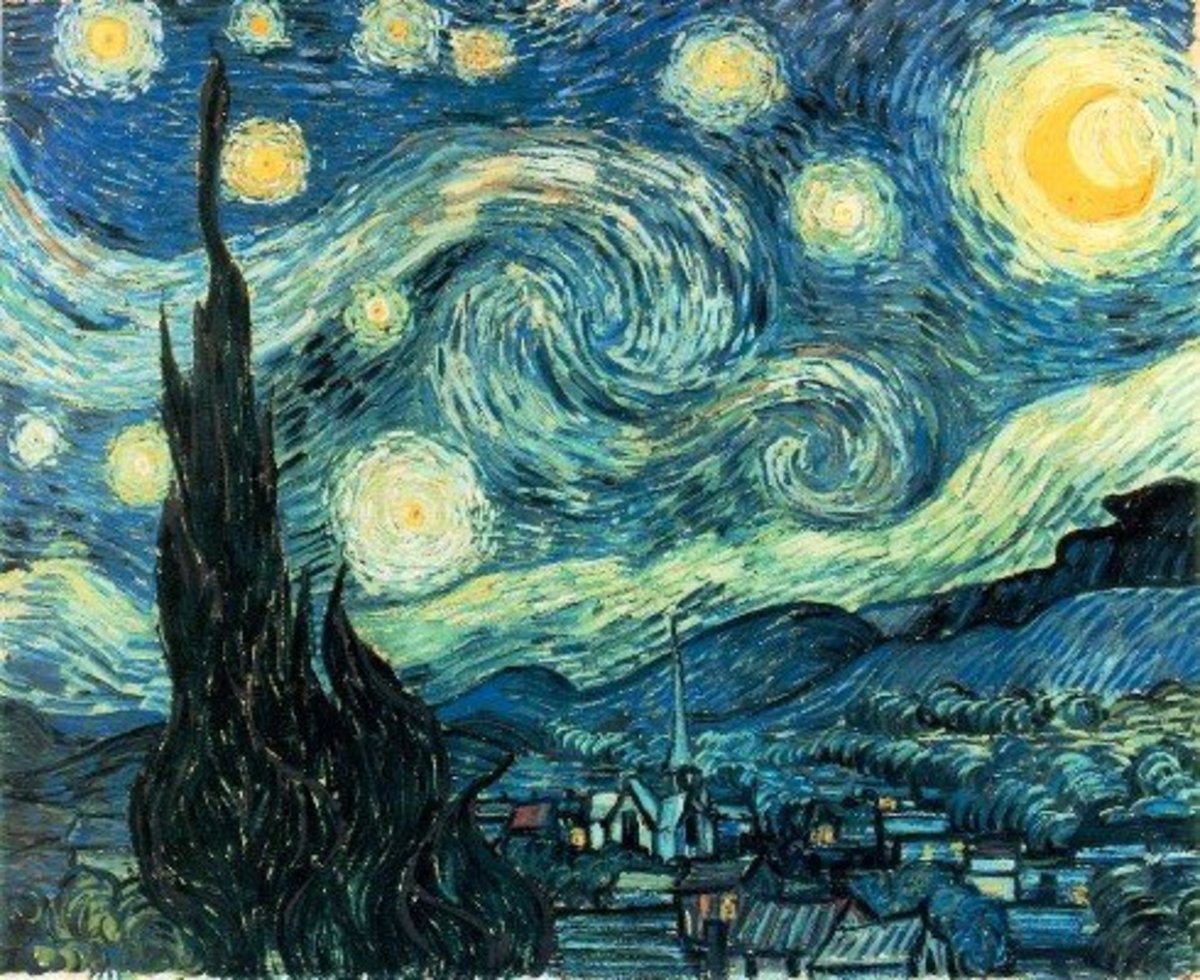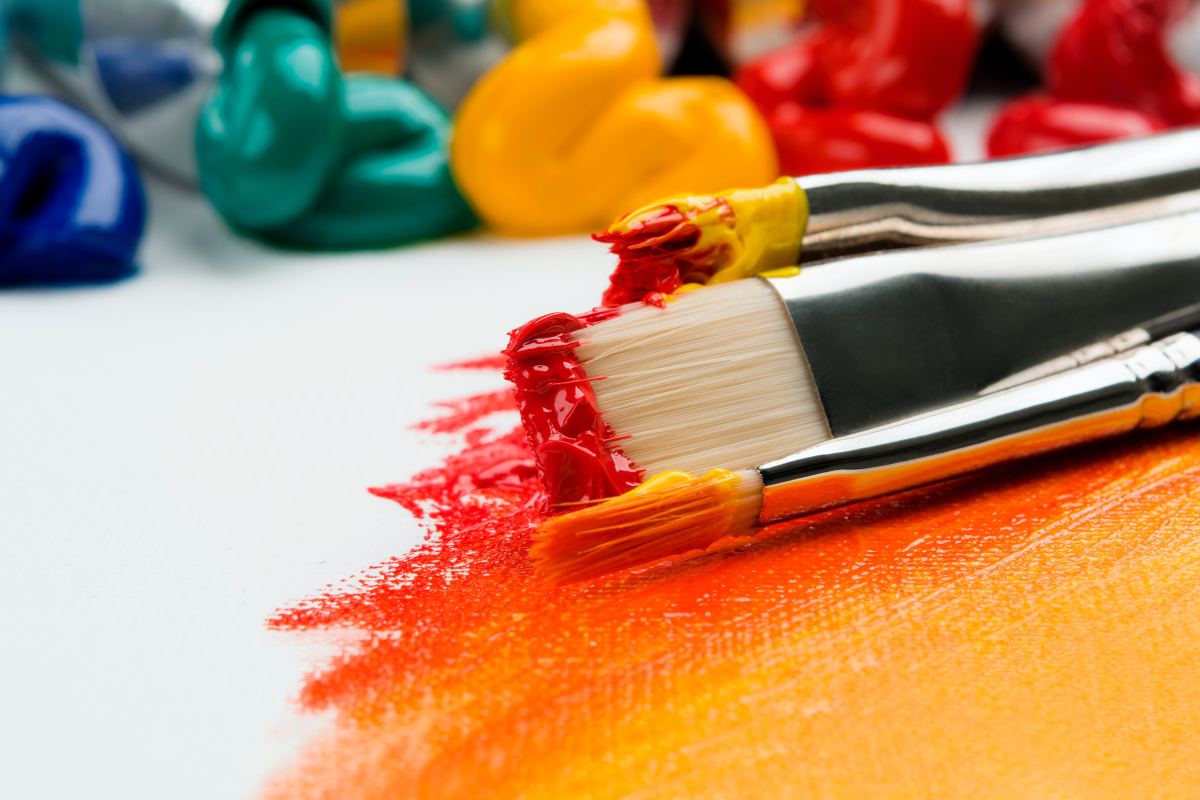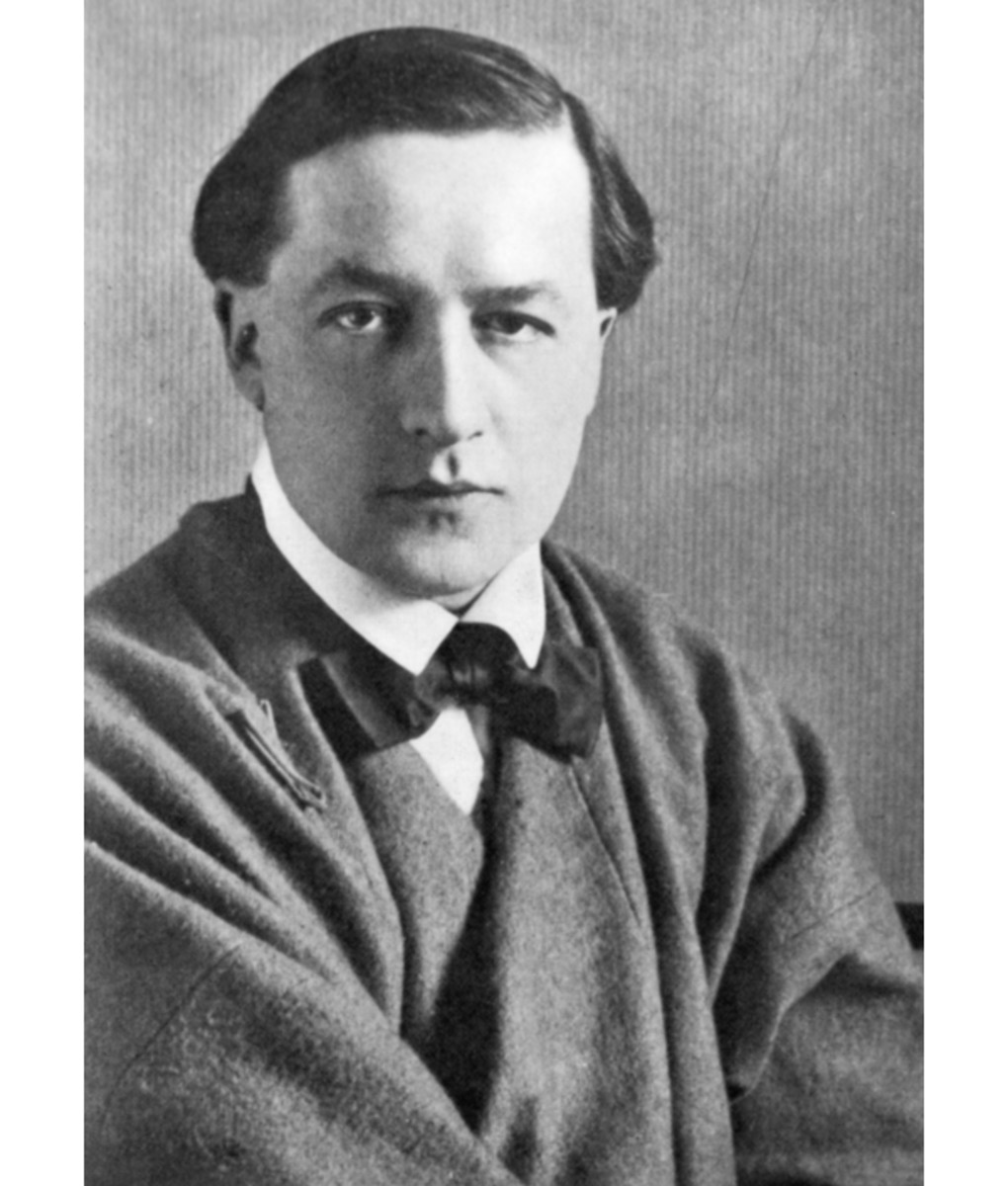Five Ways to Troubleshoot Your Art

Introduction - What's Wrong with this Picture?
We've all been there. After working on a drawing or painting for hours, pouring our hearts and souls into this project, we come to the unhappy realization - something is WRONG! We can't quite put our finger on it, but we know just as surely as we were born. There is something that is just not right about this piece. What is it? Where is the problem? We stare and inspect, but we still can't figure out what this wrong thing is, much less how to correct it. This is a very common, very frustrating situation for most every artist. In this article I will give five simple approaches to identifying the problem, and actions to take to make things right in your artistic world again.
A word needs to be said here about the definition of "wrong" as I am using it in this context. First and foremost I must emphasize that in art there are no wrong answers. The only one who can determine "wrong-ness" in regard to a work of art is the artist himself. Viewers of the work can have an opinion on the piece, but only the artist knows his or her goals for the project, the message or mood the artist intended for the work to convey.
If the artist works in a realistic style, this issue of "wrong" is perhaps more obvious, but artists who work in an abstract style still must confront the question of whether their work is living up to their expectations.
1. Take a Break
If you're like me, once you realize your drawing or painting has a problem, you begin to obsess about finding and correcting whatever it is that troubles you about the work. This is probably the worst thing you can do. A better suggestion is to put the drawing or painting away for a few days. As an artist, I understand how fleeting inspiration can be so when you are having "down time" on a certain piece, go ahead and pursue other subjects, work on your reference photos, begin a new drawing. In other words don't shut down, just remove yourself from the piece that is troubling you.
After your self-imposed exile from the offending work, look at it with new eyes. Many times after such a break the "issue" will be quite obvious. At this point you can take steps to correct the problem.
"It is well that you should often leave off work and take a little relaxation, because when you come back to it you are a better judge."
~Leonardo da Vinci
2. Mirror, Mirror....
Maybe you don't have days to spend away from this particular piece. Perhaps you are facing a deadline, or the method of spending time away from the project did not work for you. (There are, after all, no guarantees.) One other effective way to try to diagnose the trouble areas of a work is to look at it in the mirror. I do not know how or why this works, but many times when we look at a drawing or painting in "reverse" the weak spots show up more readily. I'm sure it has to do with shaking up our perception and causing us to see things more clearly. At any rate, this technique is certainly worth a try.

3. Check your References
Sometimes it is helpful to check your reference photos, sketches, and notes you may have taken in preparation for the final work. It's good to refresh your memory in regard to what inspired you to paint the piece in the first place. You may also see where you "went wrong" in regard to either the accuracy of your rendering of the subject or in conveying the message or mood you intended.
It's also a good idea to get advice from art instruction books. These volumes are a treasure trove of ideas and direction in correcting errors or strengthening the composition of your piece. If you are working on a portrait, you may want to refer to my previous hubs, The Road Map to a Proportional Face for the Portrait Artist and The Road Map to a Proportional Face in Portraiture - Profile.
Another idea along this line is to employ a grid method to check the proportions and accuracy of your drawing. To use the grid, you need to be working from a photo or sketch. Your reference must be "consumable" in that you will be drawing a grid over the reference. You could make a copy of the reference and use this for the grid. Then you would (lightly, of course) draw a corresponding grid over your work, allowing for the variation in the size between the reference and your drawing. Then comparing the gridded reference with your gridded drawing, you will be able to determine where your drawing deviates from your reference.
4. A Second Opinion
This method of troubleshooting problems with your artwork can be dicey, so proceed with caution. Many times it is valuable to share your work with another artist whose work you admire and advice you trust. It can be a great learning experience to bounce your work off another artist to see what their response and advice might be.
Remember through all this though that you are the creator of this piece and you alone have the final say in how to resolve the questions your work is asking you. Consider the suggestions your colleague makes, but make changes only after careful evaluation and thought.
5. Acceptance
This fifth method is, I suppose, not really a method at all. This approach to your "problem child" painting is to accept it as it stands - warts and all. In many ways a painting with some quirks but that retains its freshness and spontaneity is preferable to a perhaps technically superior piece that has been fussed over and over worked.
While we as artists like to pursue perfection, it is an unobtainable goal. My advice is to do your best to find and correct the problems you perceive in your work, but ultimately you will need to make peace with this work and move on. It's best to view all of your artistic endeavors as steps in a larger journey. While some of our paintings progress more smoothly than others, all of them are learning experiences and should be valued, even treasured, as such.









